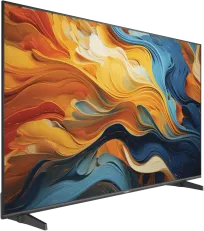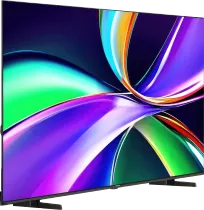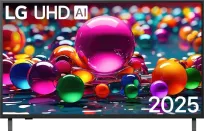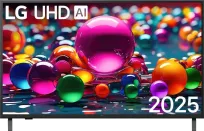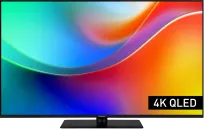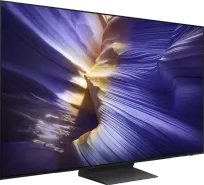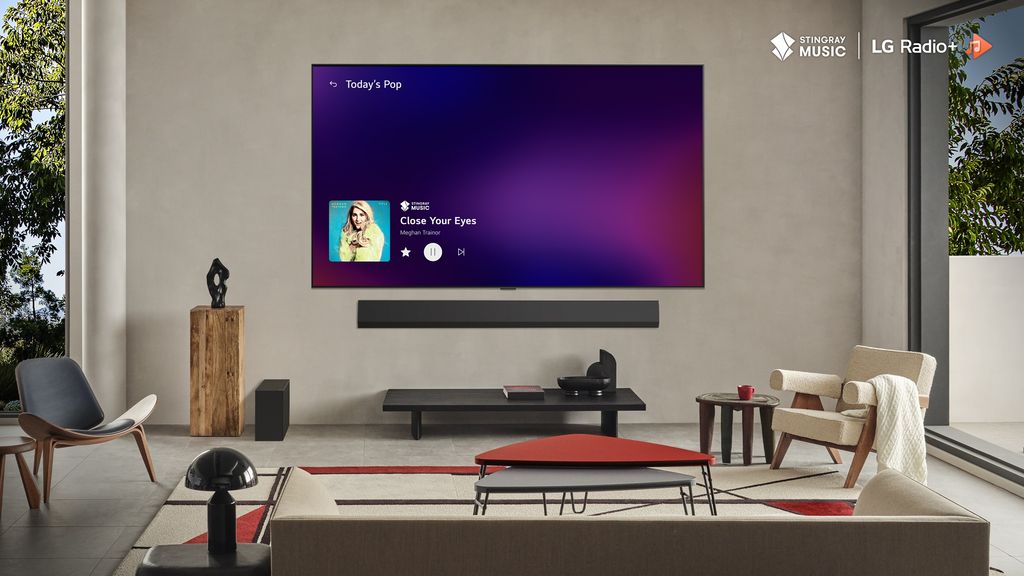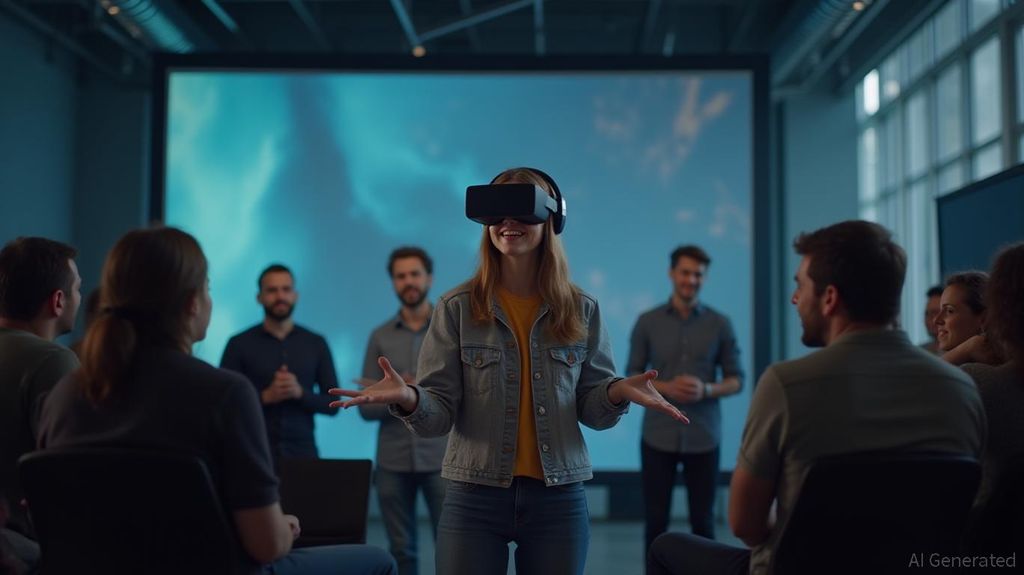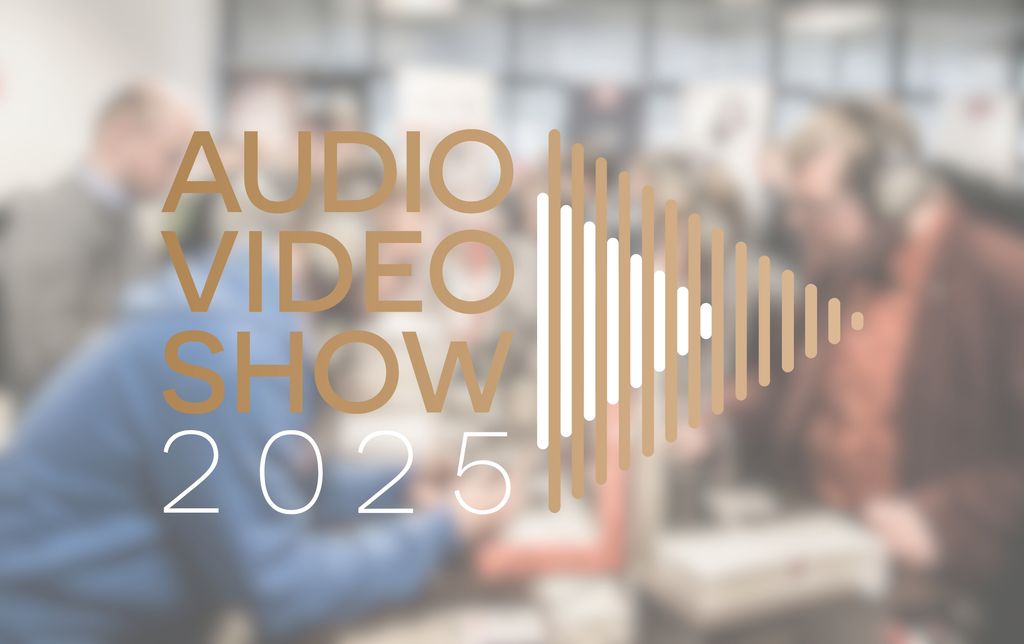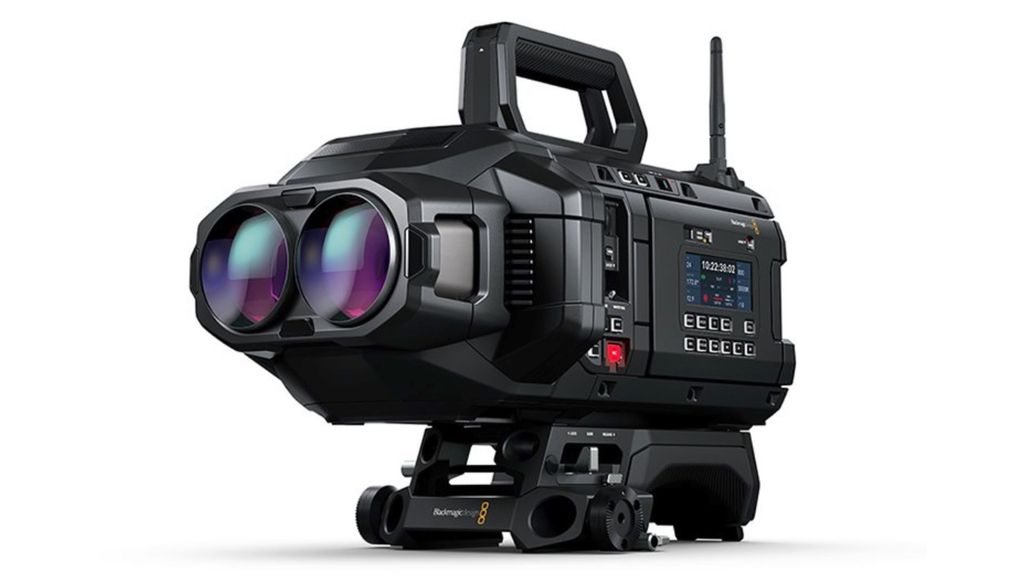
UHD Blu-ray still remains the best format for home entertainment — but the same cannot be said for Blu-ray 3D. Apple has not only revived 3D in the post-television era but has done so in a way that demonstrates just how outdated this old format has become.
3D Blu-ray – a technology that has stalled in time
Blu-ray 3D emerged at the end of 2009 as an extension of the Blu-ray standard. It required new players, although, for example, PlayStation 3 received a software update to support this format. 3D films were played at a resolution of 1920×1080 for each eye, which is Full HD.
Over the years, hundreds of titles have been released on Blu-ray 3D, and the last major releases — like “Avatar: The Way of Water” — only appeared in 2023. The problem is that technically this format has stagnated. Blu-ray 3D uses the MPEG4 H.264 codec with the MVC (Multiview Video Coding) extension, and the audio can be recorded in Dolby Atmos (TrueHD) or DTS:X (DTS-HD MA). Unfortunately, UHD Blu-ray does not support 3D at all, so there is no talk of 4K, HDR, 10-bit colour, or modern HEVC encoding. In other words – 3D Blu-ray is stuck in the era of 1080p SDR.
Apple revives 3D – but in a completely new quality
In January 2024, Apple literally resurrected 3D by introducing 3D films to the Apple TV app. Moreover, the company announced that users who previously purchased 2D films will receive 3D versions completely for free, should they be created. But the real revolution lies in the new format. Apple has developed its own 3D standard in 4K, with Dolby Vision HDR, High Frame Rate of 48 fps and Dolby Atmos spatial audio. This is a significant quality leap over 3D Blu-ray. Under the hood, it uses the MV-HEVC (Multiview High Efficiency Video Coding) codec — a modern extension of HEVC that provides better compression and higher effective bitrates.
The only area where Blu-ray 3D still wins is lossless audio (Dolby TrueHD / DTS-HD MA). Apple still offers Atmos in lossy Dolby Digital Plus — and that's it. The launch partner was Disney, which almost immediately added 4K 3D films to Disney+ alongside the offering on ChooseTV.
The best 3D experience? Only with Apple Vision Pro
Instead of reviving 3D on televisions or projectors, Apple opted for something entirely different – the 3D experience within the Apple Vision Pro goggles. The way 3D looks on this device is in a completely different league. Thanks to 4K micro-OLEDs for each eye and a new 3D format, the image is sharp, deep, and almost free of the flaws known to every user of older 3D TVs. The effect? The screen in the goggles can be enlarged at will – and it genuinely feels like watching a film in a gigantic cinema. It is still a heavy and expensive device, but for a 3D fan – an absolute "must try".
Currently, there are over 300 3D films available in the Apple TV catalogue, and a few can also be viewed on Disney+. Only one title, "Avatar: The Way of Water", supports 48 fps HFR.
Next step: full immersion in 3D
The new 3D is just the beginning. The industry is already pushing the boundaries further — towards immersive 180° and 360° content that completely surrounds the viewer. Meta attempted this with the Quest headsets, but their poor LCD panels and lack of hardware support for MV-HEVC means the experience is rather a pale imitation — stretched HD with mediocre contrast.
Apple took a different route and created Apple Immersive Video, available exclusively on Vision Pro. This format is recorded with a special Blackmagic camera, even in 8K 3D 90 fps. Apple is experimenting with documentaries, concerts, music videos, and sporting events in this technology — and the results are astonishing.
Conclusion? Apple has not only refreshed 3D – it has reinvented it
After watching several of these productions on Vision Pro, it’s hard to go back to “flat” cinema. This is several generations ahead of what Meta offers, and the experience is reminiscent of the best screenings in IMAX — only it’s in your living room. If anyone manages to transfer this experience from heavy goggles to lightweight glasses, they will dominate the future of home entertainment.
 Katarzyna Petru
Katarzyna Petru
